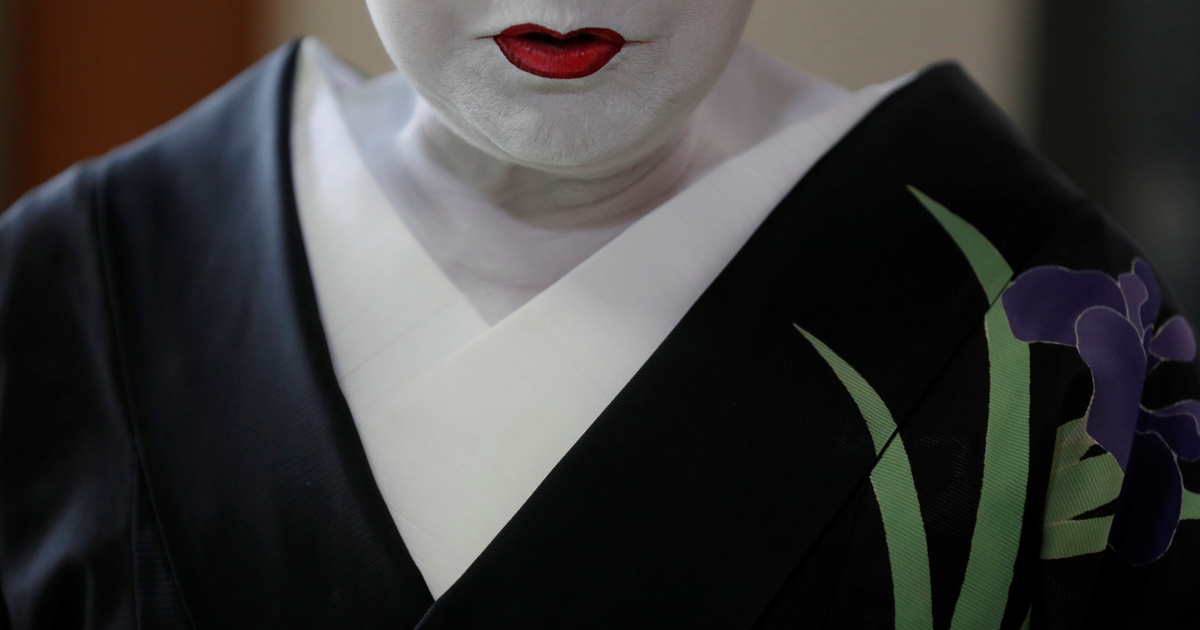Another craft, barely understood by Western civilization, has been made impossible due to the coronavirus epidemic. A said, “our income has decreased to zero” To Reuters An old geisha in the Akaszaka district of Tokyo. The 80-year-old Ikuko (originally known as Murozono Kikuko) is a true legend among the younger geisha. According to him, the epidemic sweeping our planet quickly pushed the centuries-old profession to the brink of extinction.
Ikuko is not only an entertainer, but also one – meaning “sister” – also an older geisha who directs young men and teaches them how to make geisha. An ancient geisha was born in Kumamoto, near Kyasu Island, on the island of Kyushu, and first saw geikos at the age of sixteen, and the sight of two kimono women was so influential that he visited one of the grounds the next day. Today – so are the homes where geisha learn and live.
Ikuko moved to Tokyo in 1964, the year the city – and even Asia as a whole – welcomed the Five Rings games for the first time. Upon his arrival, more than 400 armies operated in the Akaszaka region alone. “There was so much that I couldn’t even remember their names,” said Icoco. But times are changing: the number of militaries in Japan has decreased dramatically in any case in the recent past, and the epidemic has put the provision of restocking at risk. Today, only 20 militaries operate in the Akazaka region.
Masked restaurant employees with Ikoku on a Tokyo street (Photo: Kim Kyung Hoon / Reuters)
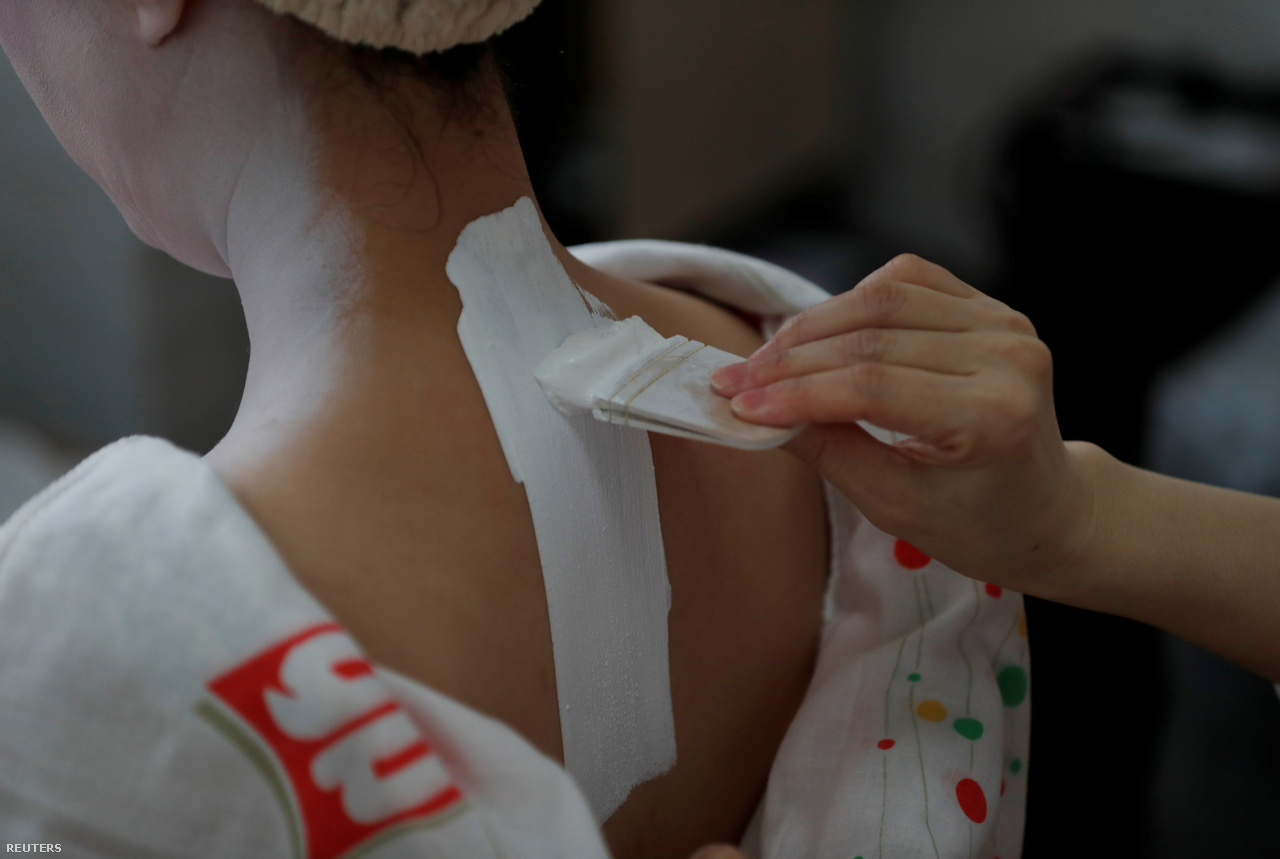
Koyko paints a maju geisha’s neck before performing a restaurant where guests are entertained (Photo: Kim Kyung Hoon / Reuters)
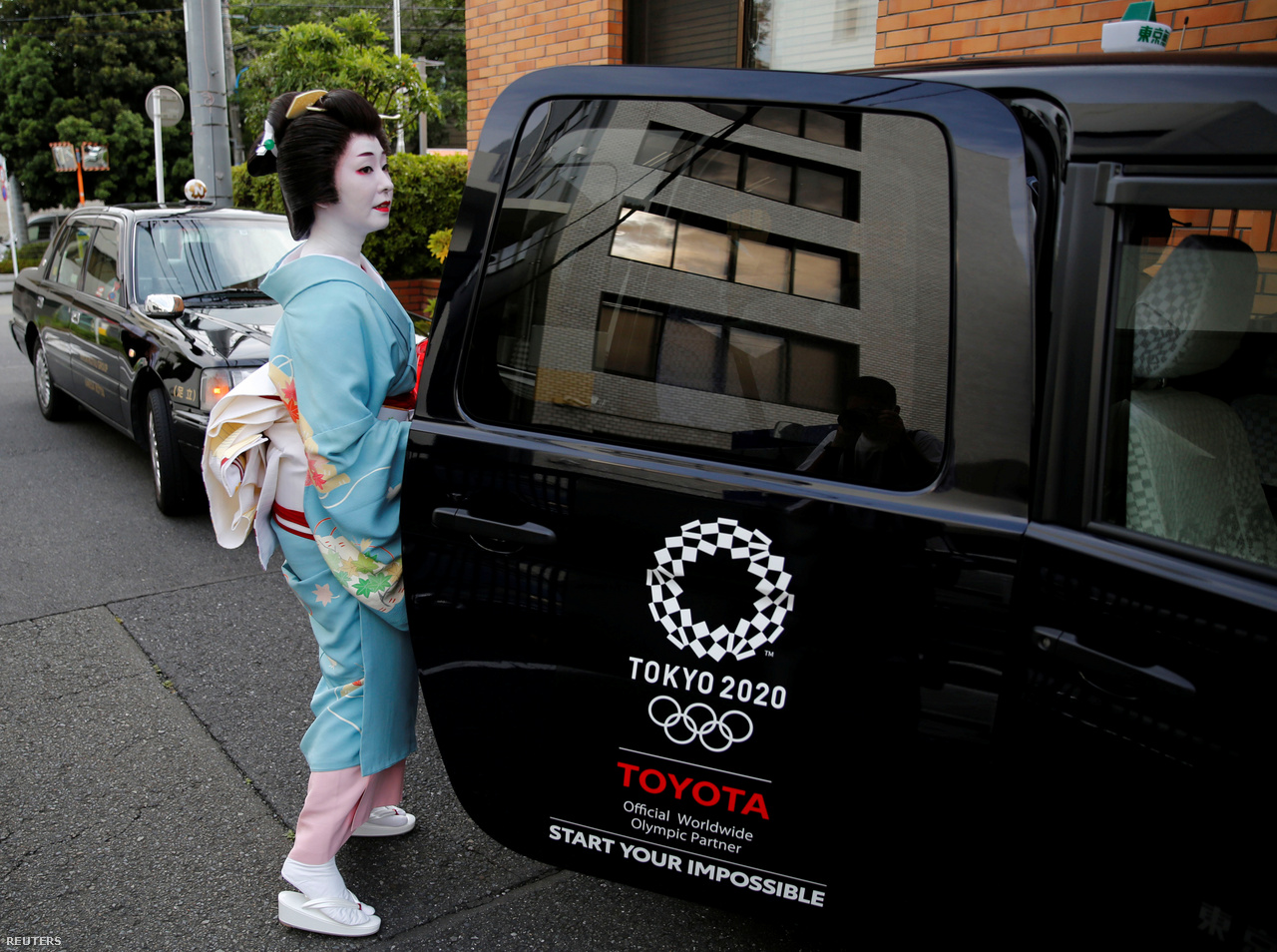
Koyku Geisha sits in a taxi to go to work in Tokyo, June 23, 2020 (Photo: Kim Kyung Hoon / Reuters)
The Wuhan coronavirus epidemic has created unexpected hurdles for the military (too): the number of requests it received has decreased by nearly 95%, and those who receive it cannot be touched (not even welcome), offer a drink or keep what is desired. Two meters away. However, according to Ikuko, you can only have deep and real conversations by sitting close to guests, and you cannot have in-depth conversations by sitting two meters away. Plus, the bun drawing and the distinctive geisha face make wearing the mask difficult.
Earlier, the index also reported that after demand for traditional geisha calls declined due to the pandemic, geisha had been forced to switch to online offerings. Participating geishas were initially reluctant to take up the task, but due to a huge loss of revenue, they eventually tried to hang out in front of webcams as well.
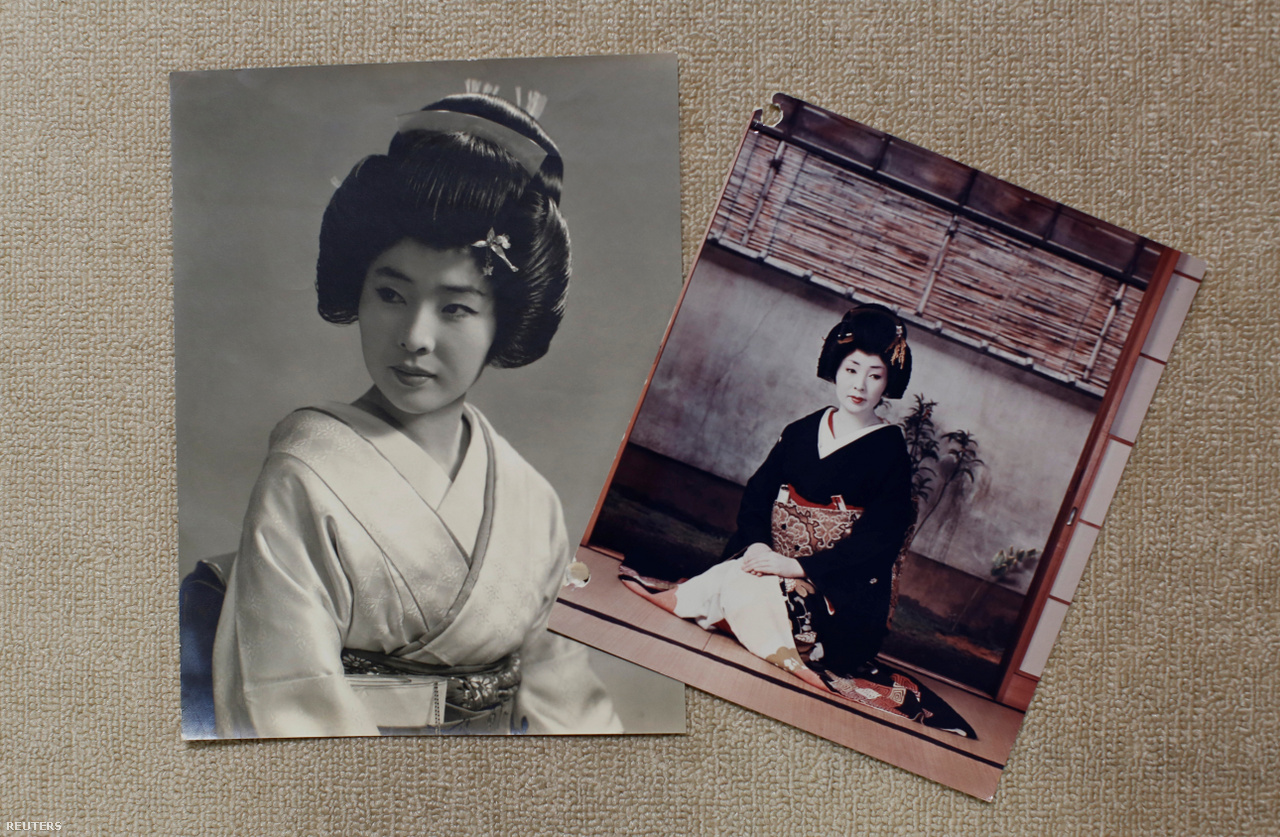
An old photo of Icocor when he moved to Tokyo in 1964 (Photo: Kim Kyung Hoon / Reuters)
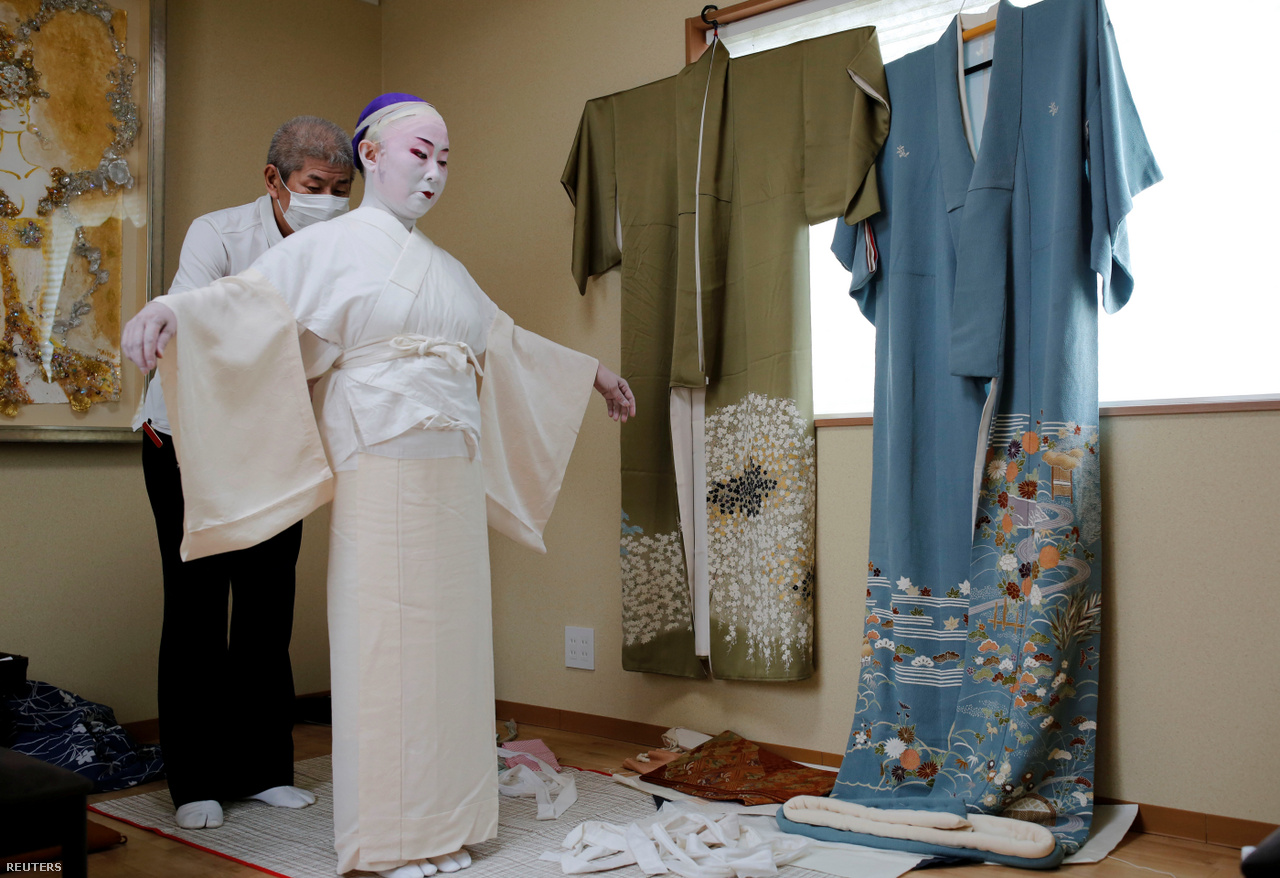
Tokijo Hanasaki wears a dancer costume in the studio (Photo: Kim Kyung Hoon / Reuters)
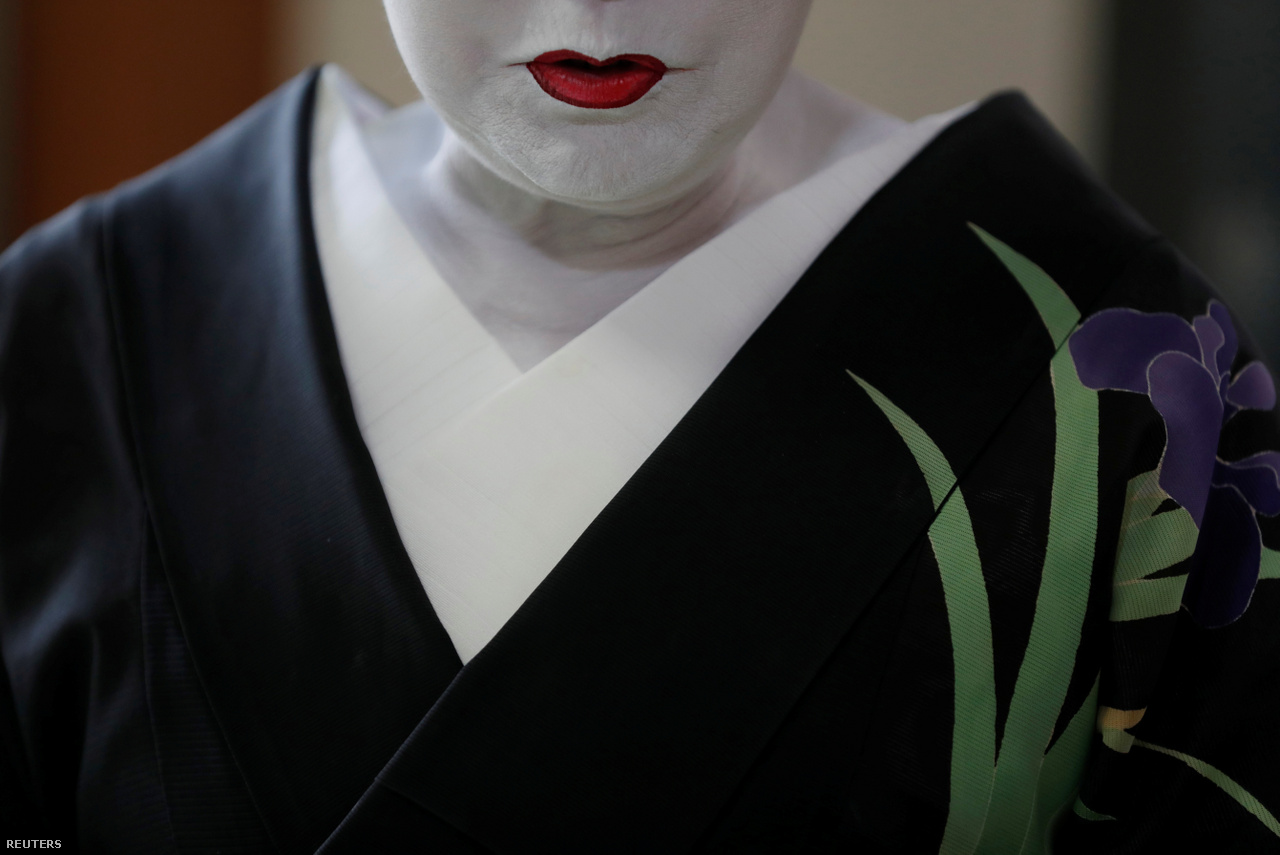
Ikuko finished at his house (Photo: Kim Kyung Hoon / Reuters)
Although a common misconception in the West is that geishas also provide sexual services, they are actually more than performers enjoying a wealthy audience, playing musical instruments, singing, dancing and holding tea parties, but they are also excellent conversation partners. Being a geisha is a valuable profession that requires serious financial investment, and her years of training and clothing are very expensive too.
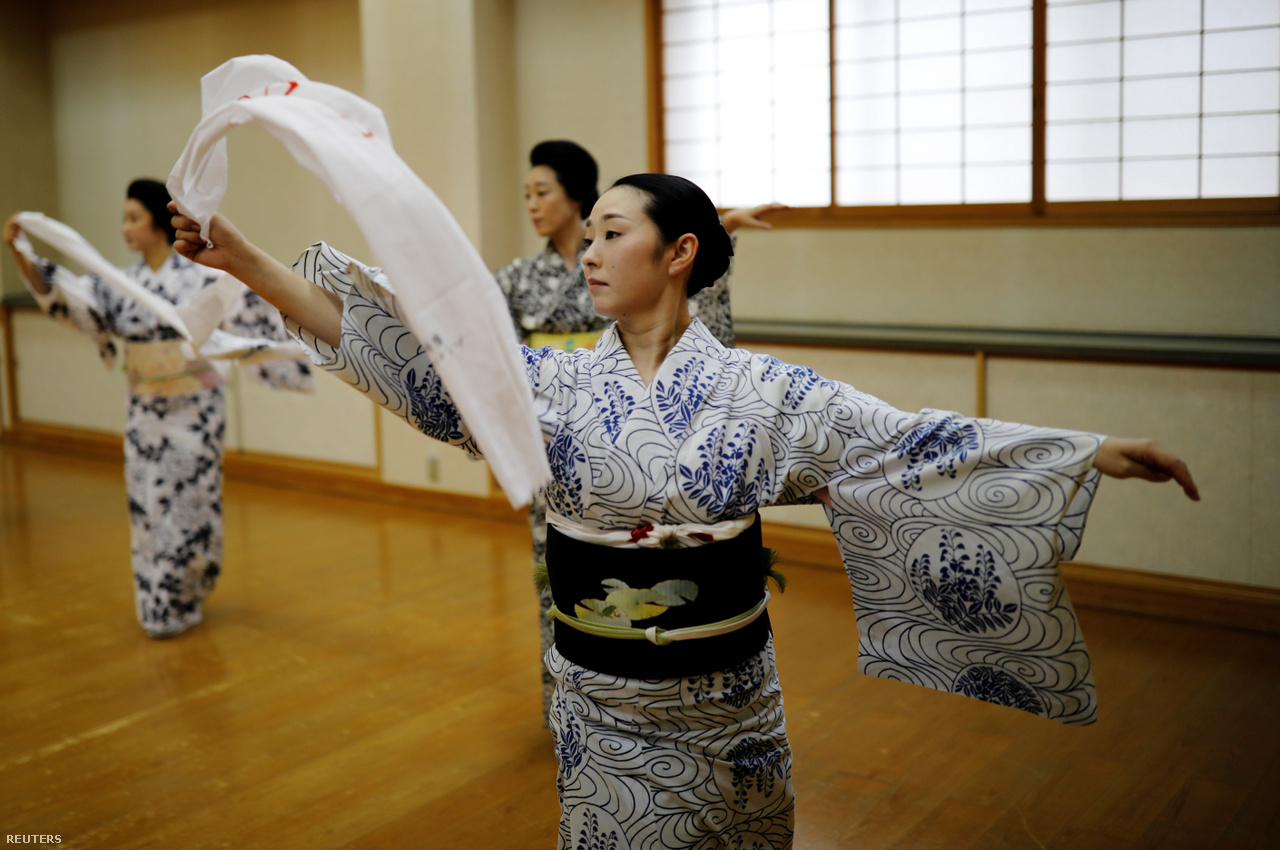
Maju Maki and Koiku geishas try to dance for an hour (Photo: Kim Kyung Hoon / Reuters)
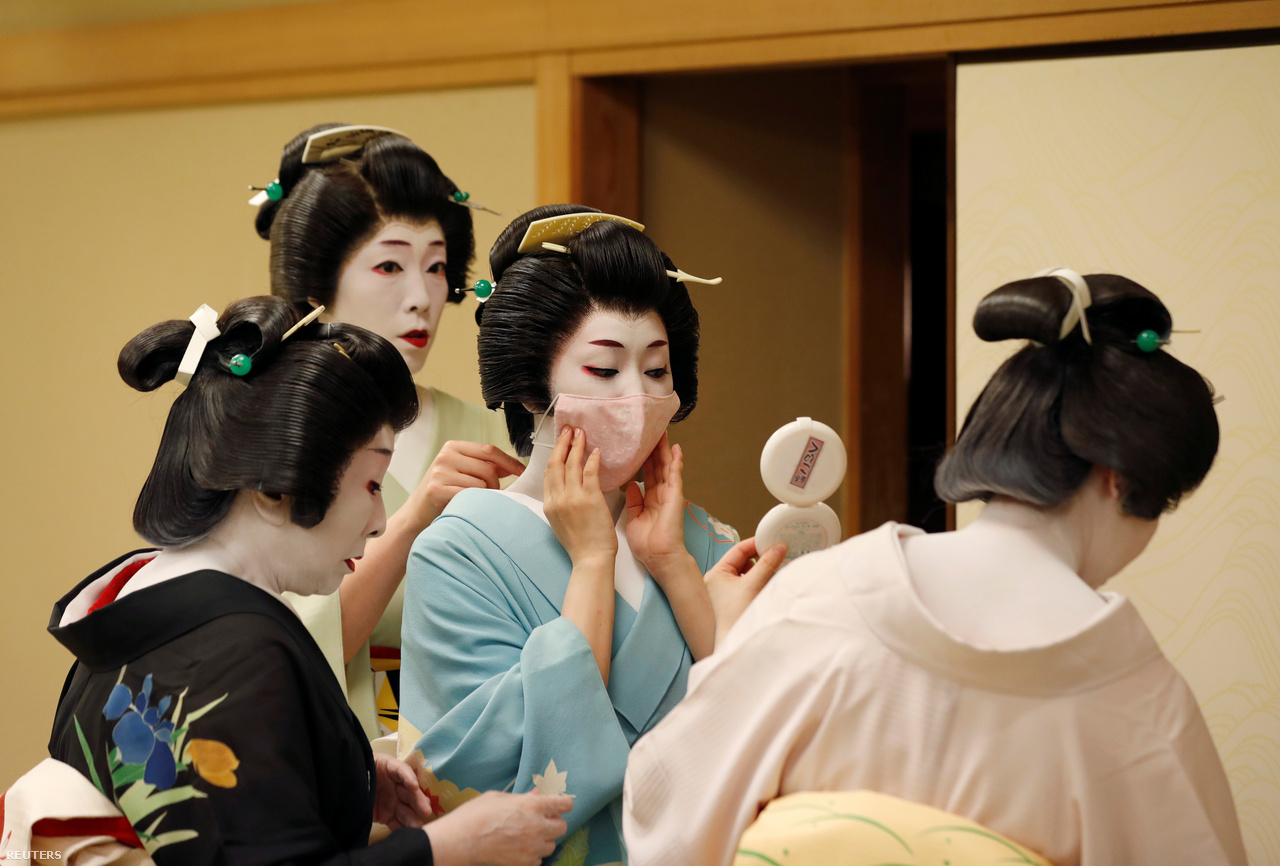
An adult geisha helps put on Koyku’s protective mask (Photo: Kim Kyung Hoon / Reuters)
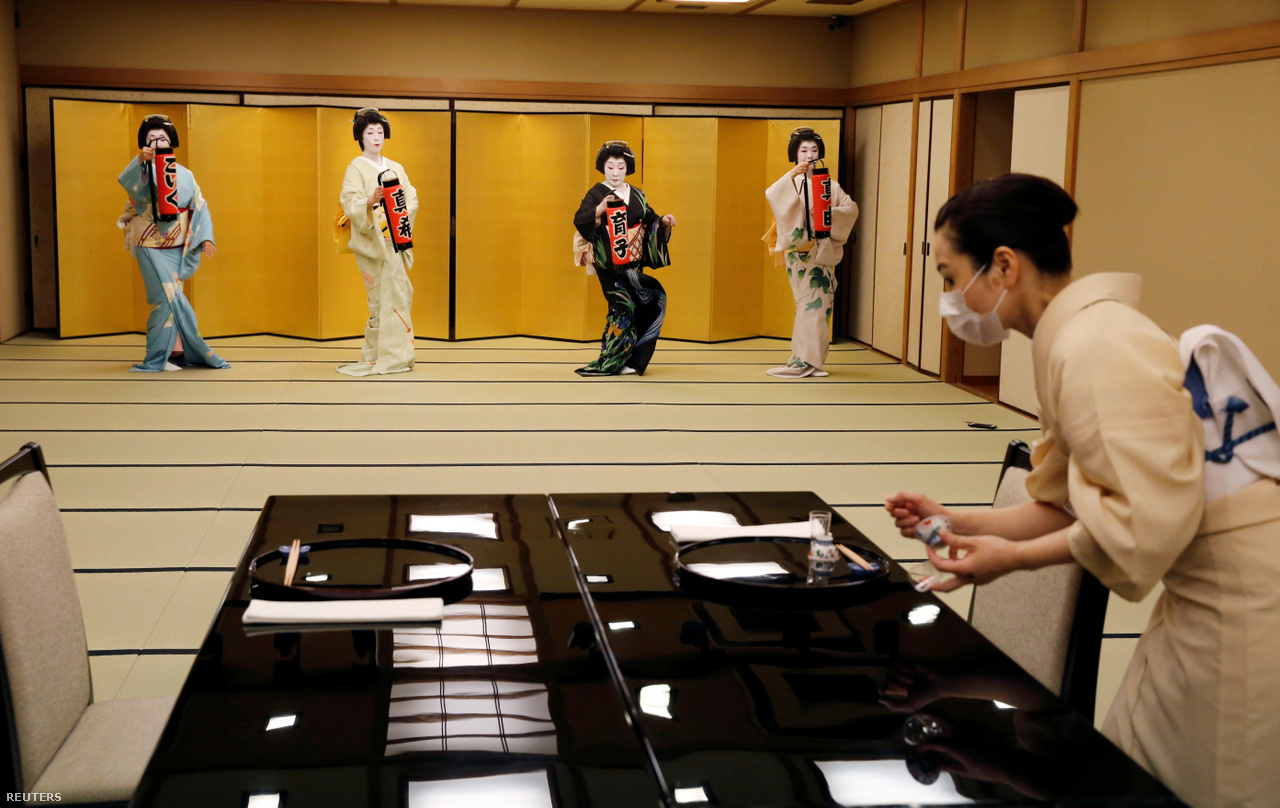
Koiku, Maki, Ikuko and Maju geishas perform in a restaurant (Photo: Kim Kyung Hoon / Reuters)
Geisha feared that a prolonged epidemic, a potential second or third wave, could permanently wipe out their craft. Ikoku, the legendary geisha, is not anxious about himself either, more afraid of younger geisha who have no savings. Meanwhile, Japan is trying to keep the geisha culture alive, and the geisha may apply for government aid of 1 million yen (2.7 million forint), but will this amount be enough to survive the epidemic or will they have to choose a new profession, sacrifice their lives until Now, it is not known yet.
In Japan, more than 80,000 armies lived in the 1920s, but their numbers dropped to less than two thousand even without the Coronavirus pandemic. Tokyo has six army provinces (the so-called Hanamachi), of which only 120 armies have been operating in Akasaka for thirty years. Today, about 230 geishas live across Tokyo.
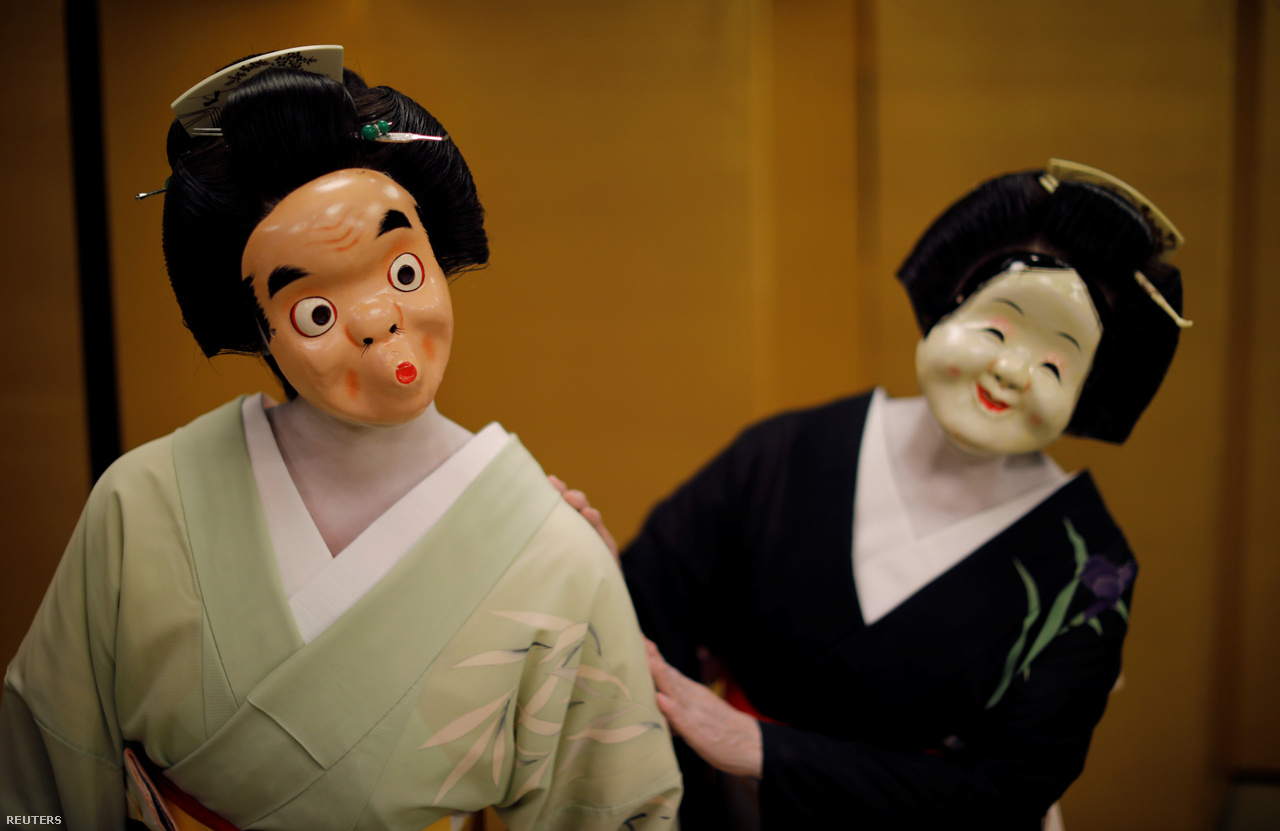
Maki and Icoco show their dances to Reuters (Photo: Kim Kyung Hoon / Reuters)
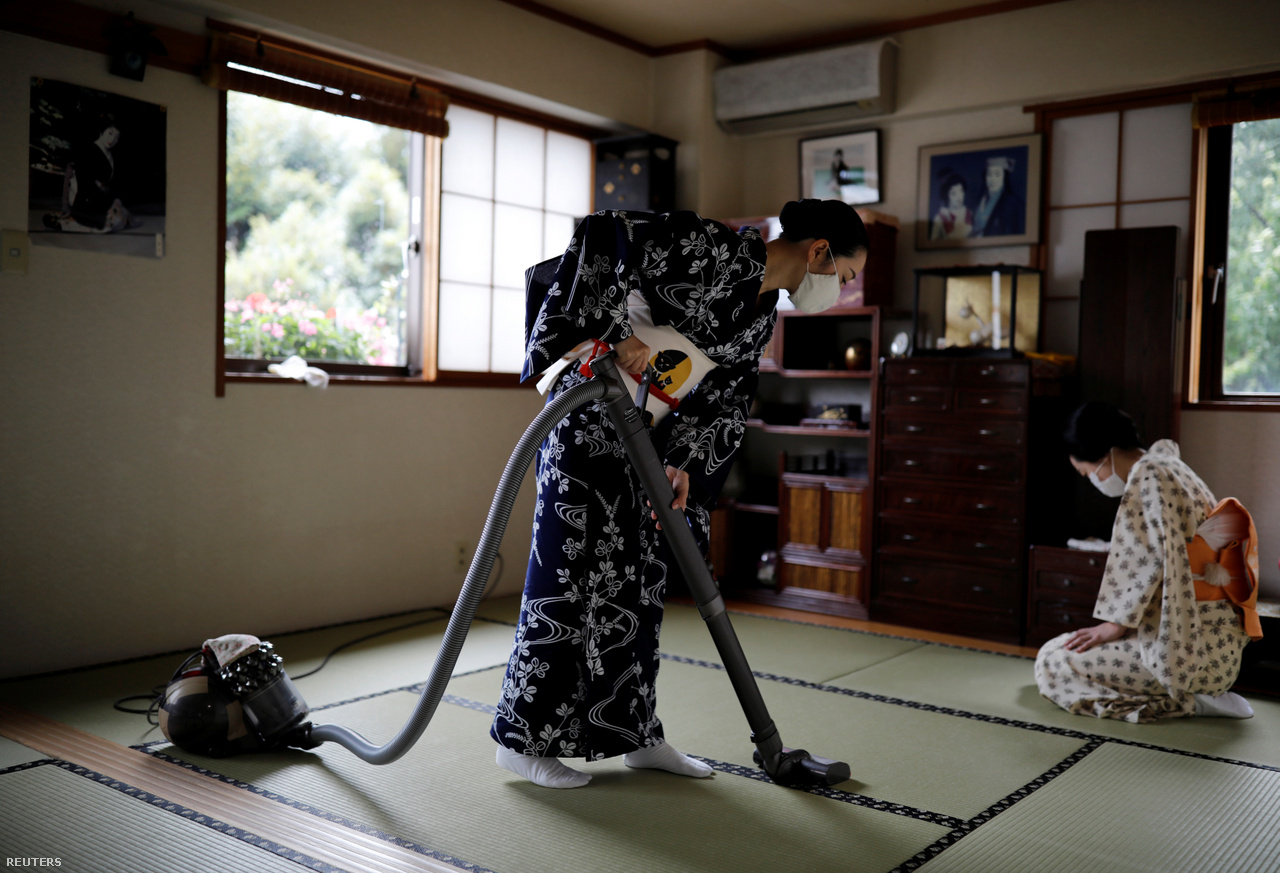
Koyko and Maki clean up the living room before eating Ikoku’s house (Photo: Kim Kyung Hoon / Reuters)
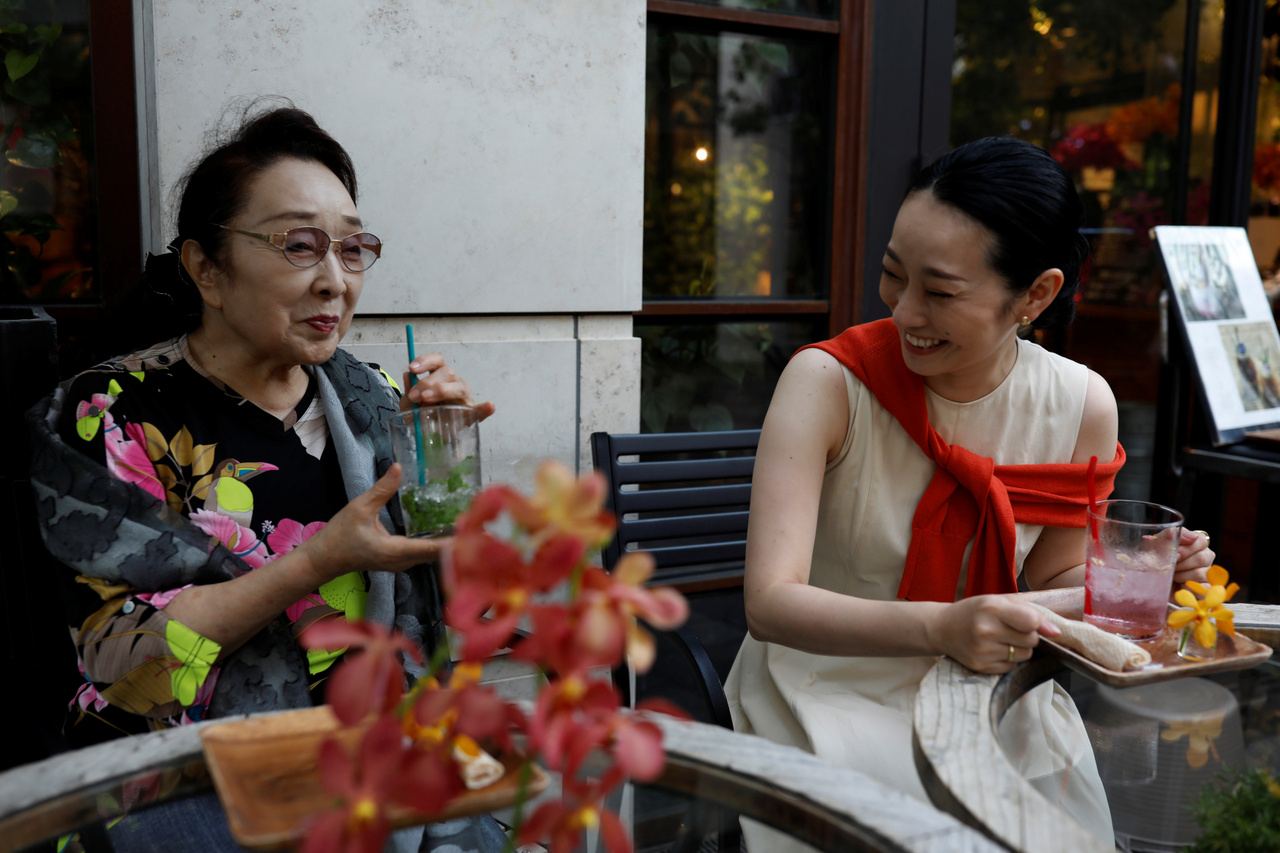
Geisha Ikoku and Koiko while having coffee in Tokyo (Photo: Kim Kyung Hoon / Reuters)
(Cover photo: Maju helps Koiku modify her dress for a pre-performance photo at a restaurant. Photo: Kim Kyung-Hoon / Reuters)








































